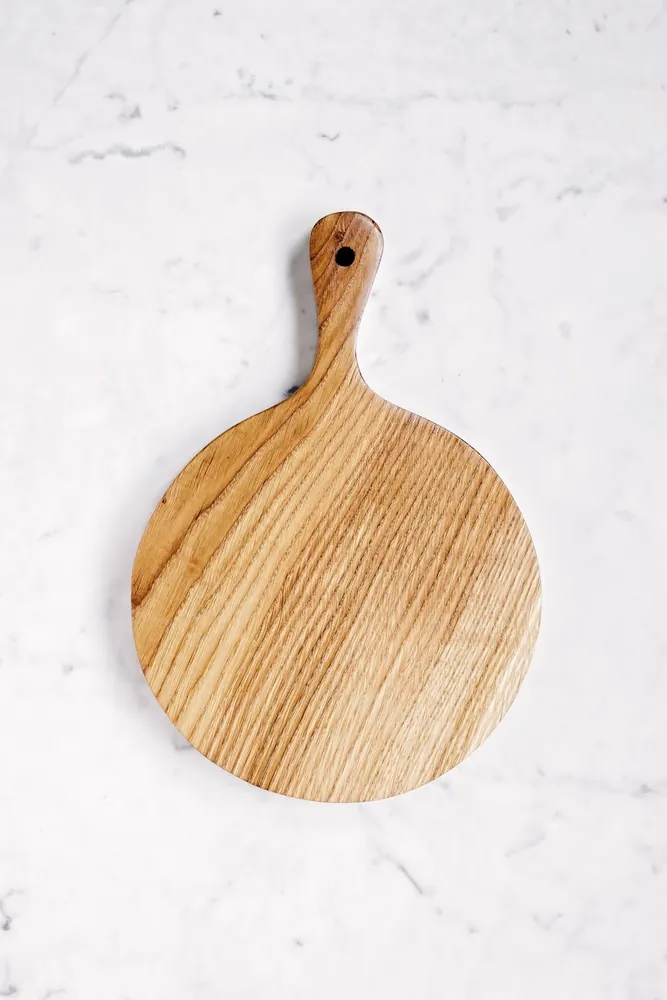Old School Recipes with a Modern Twist: A Journey through Culinary Traditions

Revisiting the Classics
Food is a language, a way to preserve stories, cultures, and memories. Many of us have recipes that have been passed down through generations, tucked away in family cookbooks or kept alive through oral tradition. These cherished dishes carry with them the history and flavor of another time, reminding us of meals shared and occasions celebrated. Today, we explore how these recipes can be revived with contemporary flair without losing their original essence.
The Importance of Preserving Culinary Heritage
With global cuisines blending more than ever, it's easy to lose sight of traditional dishes in favor of trendy new flavors. However, preserving these recipes is crucial for cultural continuity and personal nostalgia. They serve as tangible links to our ancestry and provide insight into the past foodways of different cultures. Moreover, they offer comfort—a taste of home, regardless of where we might find ourselves.
- Family Bonds: Cooking old recipes can create a deeper connection between generations.
- Cultural Preservation: Maintaining traditional recipes helps keep cultural narratives alive.
- Sustainable Practices: Many older recipes use ingredients that are locally available and promote sustainable consumption.
A Modern Take on Traditional Recipes
While it's important to respect the authenticity of traditional recipes, adding a modern twist can revitalize them, making them appealing to contemporary palates. This isn't about overshadowing the original but enhancing it.
Finding the Balance
To modernize a classic dish effectively, consider these practical tips:
- Retain Core Ingredients: Keep the essence of the dish by using the same primary ingredients. For example, when updating a classic beef stew, maintain core components like beef and root vegetables.
- Integrate New Techniques: Employ modern cooking techniques such as sous-vide or air frying to add new textures while preserving flavors.
- Spice It Up: Add unexpected spices or herbs to elevate flavor profiles—cumin seeds in a traditional mashed potato dish can offer a delightful surprise.
Cultural Stories on a Plate
Every family has a story, and more often than not, food plays a central role in these narratives. Here are a few examples from various culinary traditions:
The Italian Nonna's Pasta
A beloved staple, pasta dishes hold pride in Italian households. Imagine an aged Nonna’s recipe for Pasta e Fagioli, rich with history and typically made from pantry staples. The modern twist? Introducing a hint of smoked paprika and finishing with a sprinkle of lemon zest for a bright pop that contrasts beautifully with the earthy beans.
A French Coq au Vin with a Twist
This classic French dish traditionally involves slow-cooked chicken in wine, perfect for hearty family dinners. By swapping the traditional red wine with a light, crisp white wine and adding a touch of ginger for warmth, you reinvent it without losing its roots.
The Revival Process: A Step-by-Step Guide
Revamping old recipes isn't just about changing ingredients or methods; it's about thoughtfully reimagining what makes them special. Here's a checklist to guide you through modernizing your favorite family recipes:
- Select Your Recipe: Choose a family favorite that holds meaning.
- Research Its Origin: Understand the historical and cultural significance of the dish.
- Identify Core Components: Distinguish essential ingredients and flavors that must remain.
- Test New Techniques: Experiment with contemporary cooking methods that enhance flavor or texture.
- Taste and Adjust: Cook small batches to tweak seasoning and ingredient ratios.
- Gather Feedback: Share with family or friends for input—does it maintain its essence?
The Emotional Connection
Modernizing doesn't mean losing authenticity; rather, it's about adapting old favorites for new generations to enjoy. Food is an emotional experience tied to memory and identity. Every meal offers an opportunity to relive past moments while creating new ones.
An example is the simple apple pie. Traditionally made with a lattice crust and basic cinnamon seasoning, today's variations might include exotic spices like cardamom or incorporate alternative flours like almond for gluten-free options.
The Future of Traditional Cuisine
As we continue to blend past and present, traditional cuisines' future seems promising. With technology allowing easier access to historical data and culinary techniques from around the world, we're better equipped to preserve our culinary heritage while embracing innovation.
Imagine attending virtual cooking classes led by experts in traditional cuisines from different countries or using augmented reality to get step-by-step guidance while cooking an ancient recipe at home. The possibilities are endless!
A Call to Action
I encourage you to dive into your family’s culinary history. Dust off those old cookbooks, converse with elders about their favorite childhood dishes, and begin your journey of culinary revival. Who knows what delicious discoveries await!
